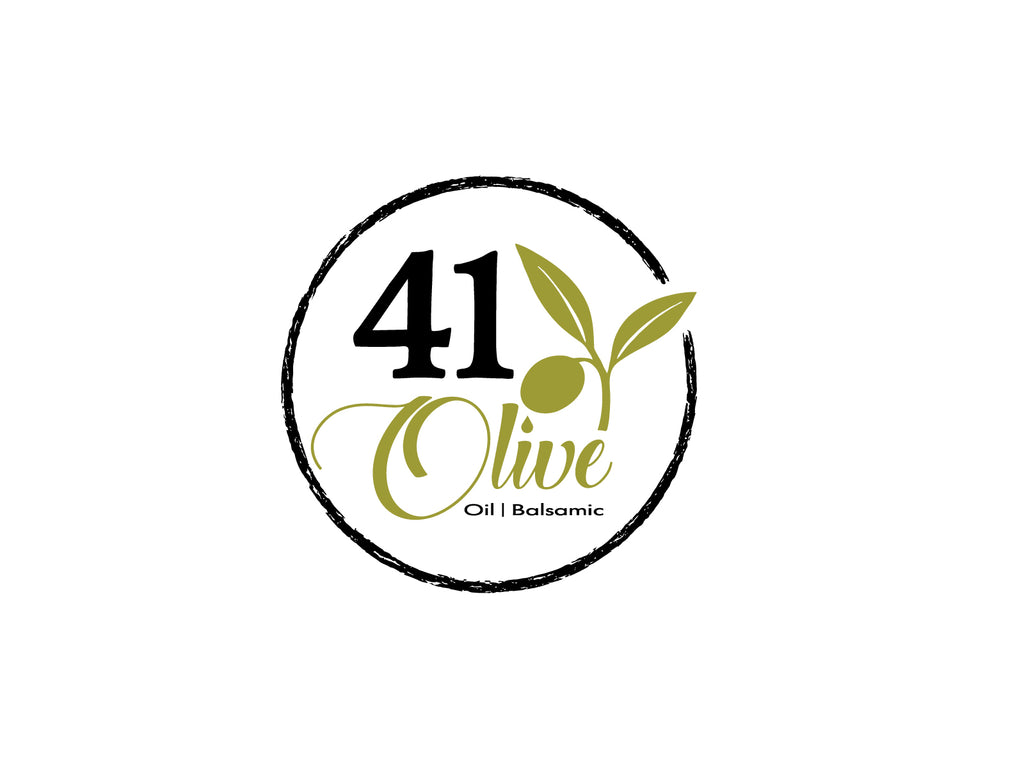Shopping For The Correct Olive Oil
Shelved in a supermarket aislenext to a handful of other oils and cooking fats, olive oilis generally is considered just another thing to sauté or stir-fry your favorite foods in. To the contrary, similar to grapes and wine, the climate, soil and harvest time of the olives determine the oil's color, aroma and flavor.
In addition, Olive oil has also been shown to provide a variety of health benefits, making it the go-to selection for healthy-minded cooks across the nation. Its surge in popularity has resulted in a handful of varieties and brands for shoppers to select from.
Having Variety In Your Olive Oil Selection
The veru first thing to think about when buying Olive Oil is how you plan on using it in the kitchen. Great for an assortment of cooking methods, from roasting and deep-frying to sautéing and baking, additionally, it can also be used as a salad dressing or topping. Based on the culinary application you have in mind, you can select from these three common varieties, available at most grocery stores.
• Extra-virgin olive oil: Derived from the first press of olives, this oil boasts the most full-bodied flavor. It can be used for all forms of savory cooking, including sautéing, stir-frying, roasting and marinating, and is the best choice for bread dipping and salad dressing.
• Olive oil: Also known as "pure," it's typically milder than extra-virgin and more yellow in color. While not quite as high-quality as extra-virgin, it's great for savory cooking and adds flavor and depth to a dish.
• Extra-light olive oil: For this oil, the term "light" does not apply to its nutritional makeup but rather to the oil's color, texture and flavor. The mildest of all the oils, it's best for baking and savory cooking at very high temperatures.
Olive Oil Country of Origin
Almost 99 percent of the Olive Oil in the U.S. is imported, with Spain, Italy and Greece supplying the most (in that order); California is the largest domestic supplier. There are some broad regional differences, particularly in Europe, which is why Bill Briwa, chef and instructor for The Culinary Institute of America in St. Helena, California, recommends taking a country's cuisine and climate into account. "Spanish cuisine, while rich, is not overly aggressive; as far as Mediterranean food goes, it's fairly mild. Their oils are likewise."
Alternatively, oils from the Tuscan region of Italy, Briwa points out, tend to be more pungent. "They harvest early mainly because it gets cold. And as you harvest earlier and earlier, you have less oil but more flavor," he says. "The flavor tends to be greener, more vegetal," which gives it a bitter bite.
Price Of Olive Oil
As with most things, you get what you pay for. But that doesn't mean you need to hand over an exorbitant amount of cash for quality product. Extra-Virgin Olive Oil harvested from one source (known as single estate) is the best of the best, and as such, it will cost the most. Pay what you're comfortable with, but, Bob Bauer, president of the North American Olive Oil Association advises, avoid any oil that is "priced much lower than others [of comparable] bottle size."
The cheaper price can indicate it's an "oil blend," which is a blend of different types of oils, rather than just strictly olive oil. If the price seems too good to be true, double-check the ingredient list to ensure you're buying 100% olive oil.
Bottle Size Of Olive Oil
It's best to avoid warehouse-size bottles and opt for small sizes that you can use up while the oil is freshest. Unopened, olive oil will usually keep for a year; once opened, use it within six to eight weeks, Briwa recommends. "If you can't use it up in that amount of time, my response is that you're not consuming enough olive oil," he jokingly notes. Once you get your bottle home, think of olive oil as your pantry's hermit: It fares best when left alone in dark, enclosed spaces and away from excessive heat (in this case, your stove).
